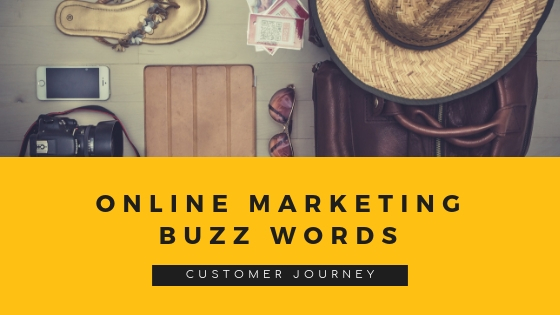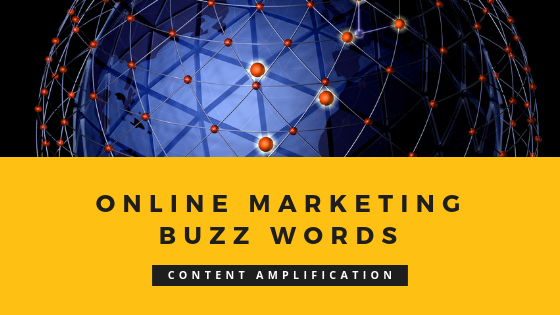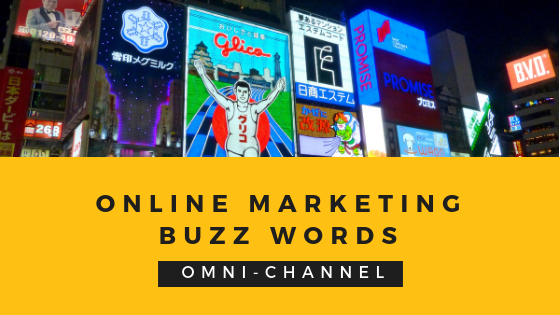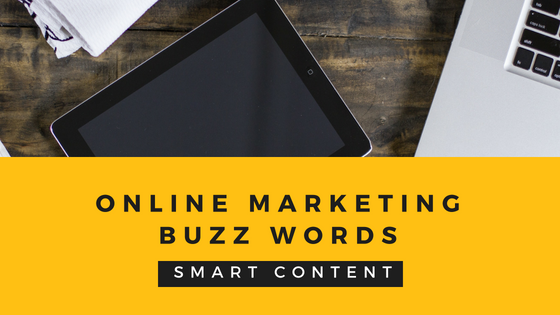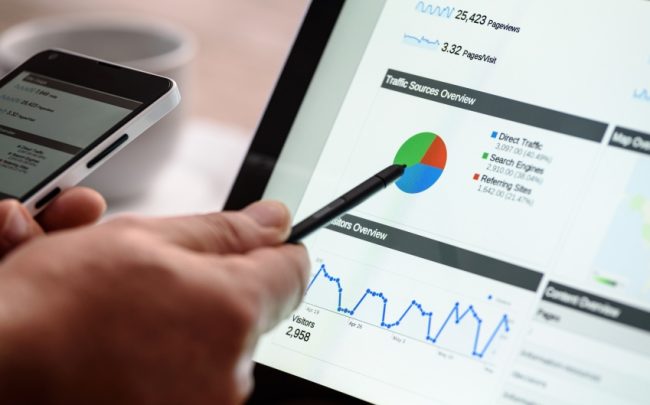Online Marketing Buzz Words: Smart Content
Smart content appears to be the wave of the future because it provides a better experience for visitors to a website. When individuals visit a website, the site takes notice of what they are interested in and uses this to provide the visitor with a more personalized experience. The content changes to ensure it is


